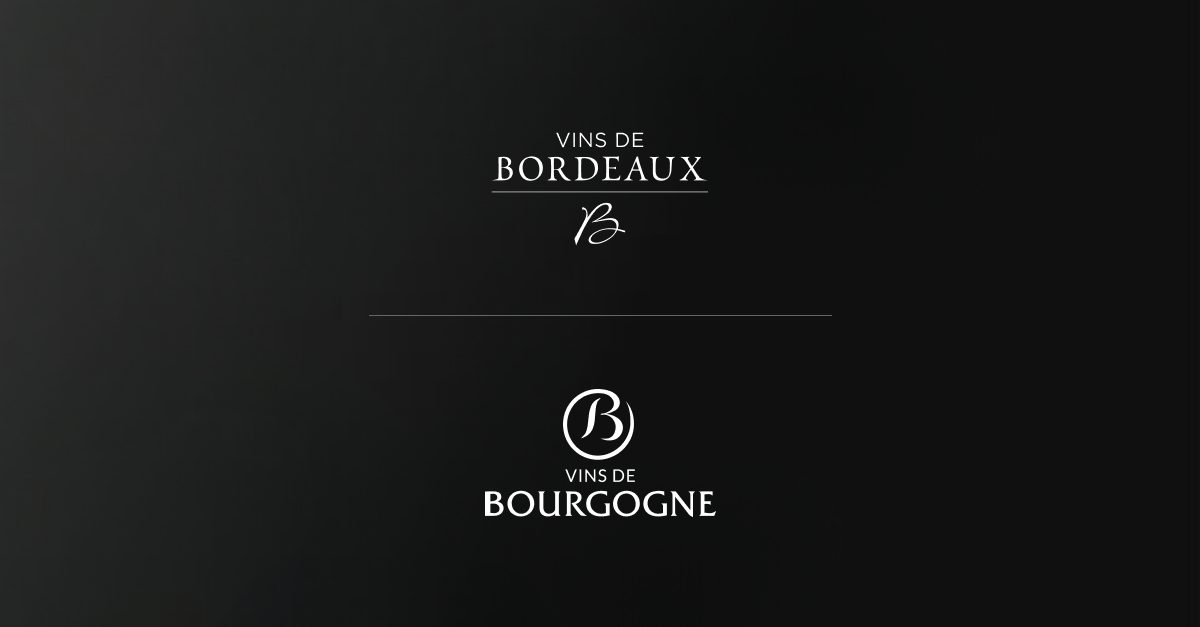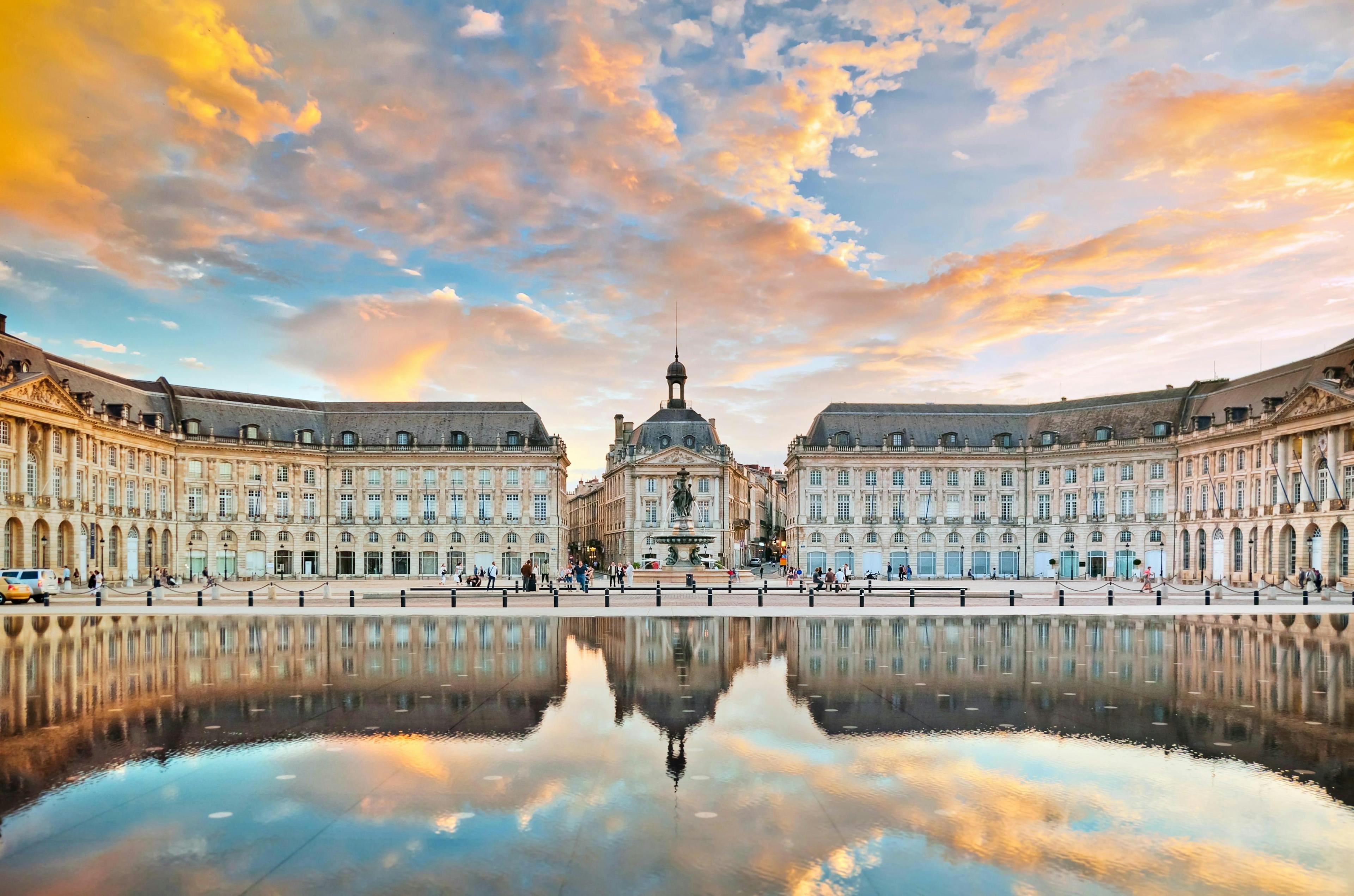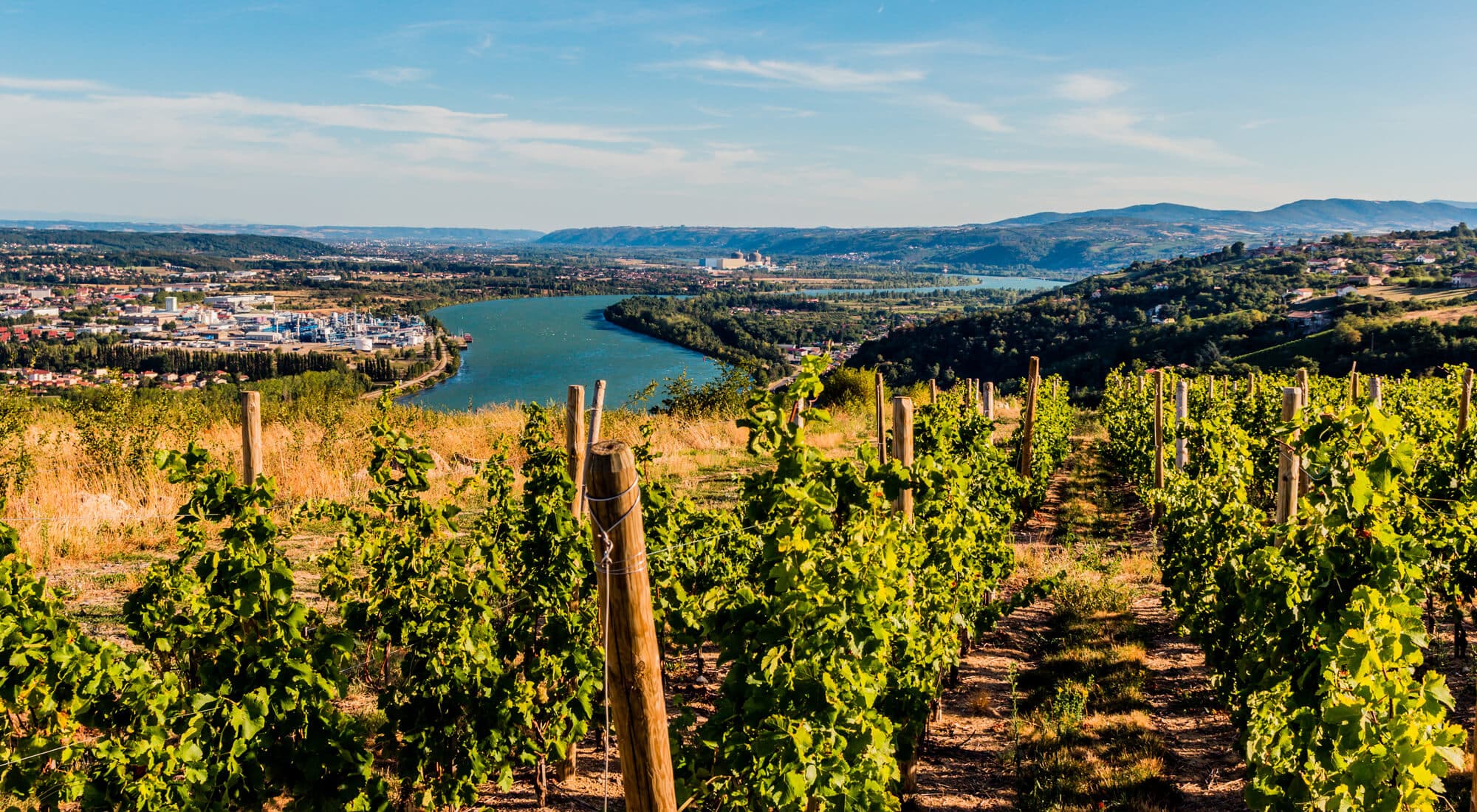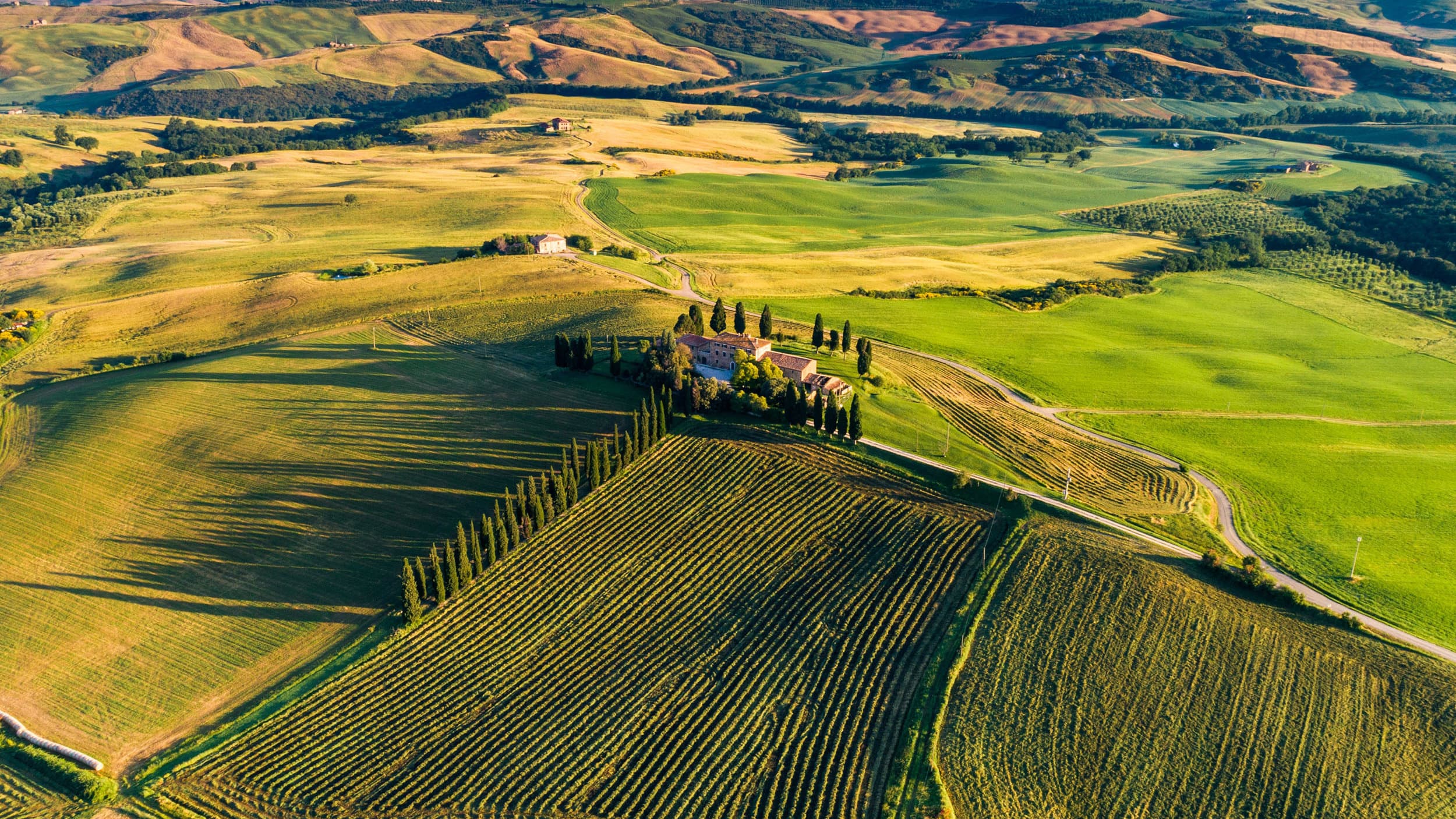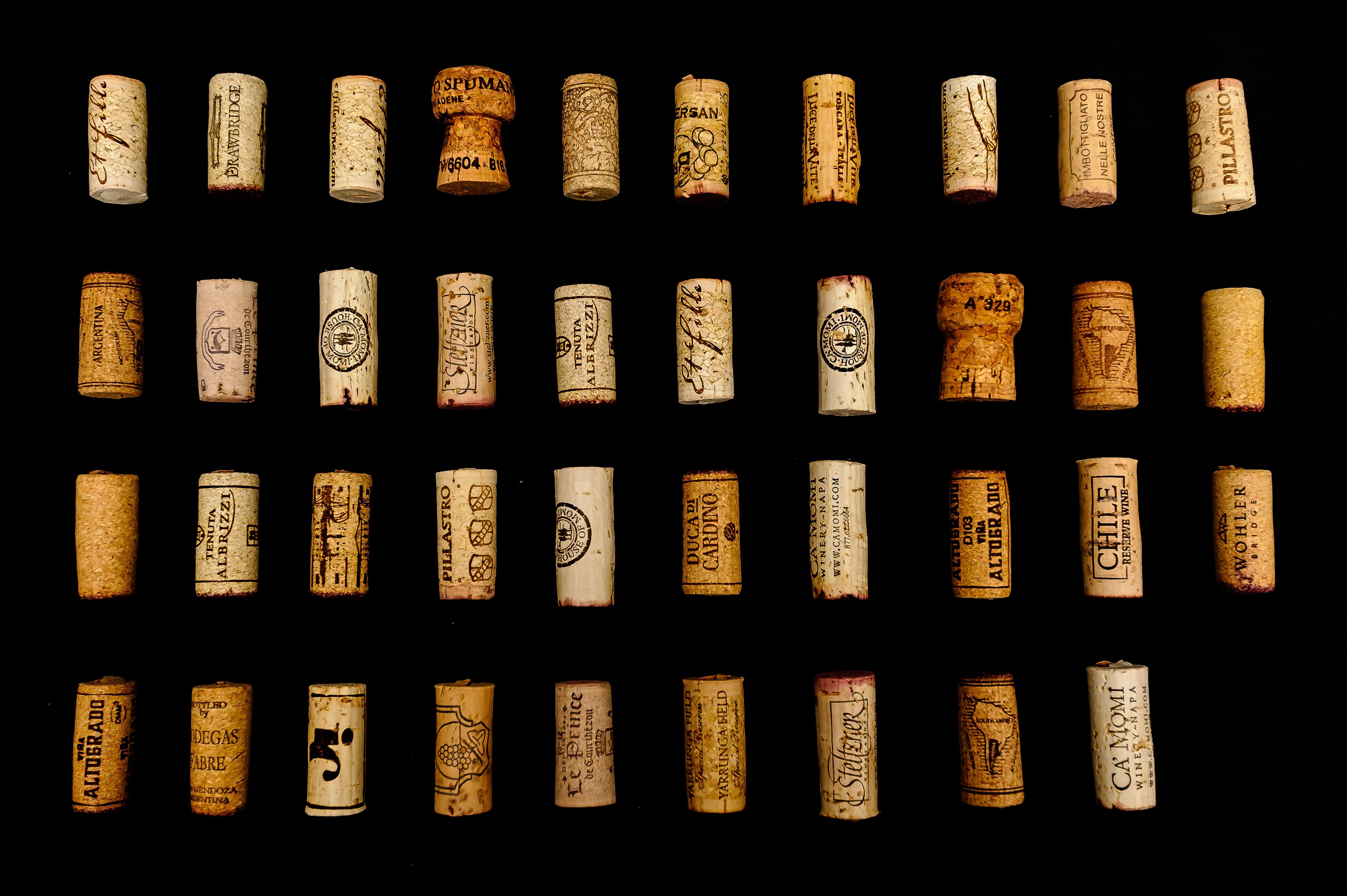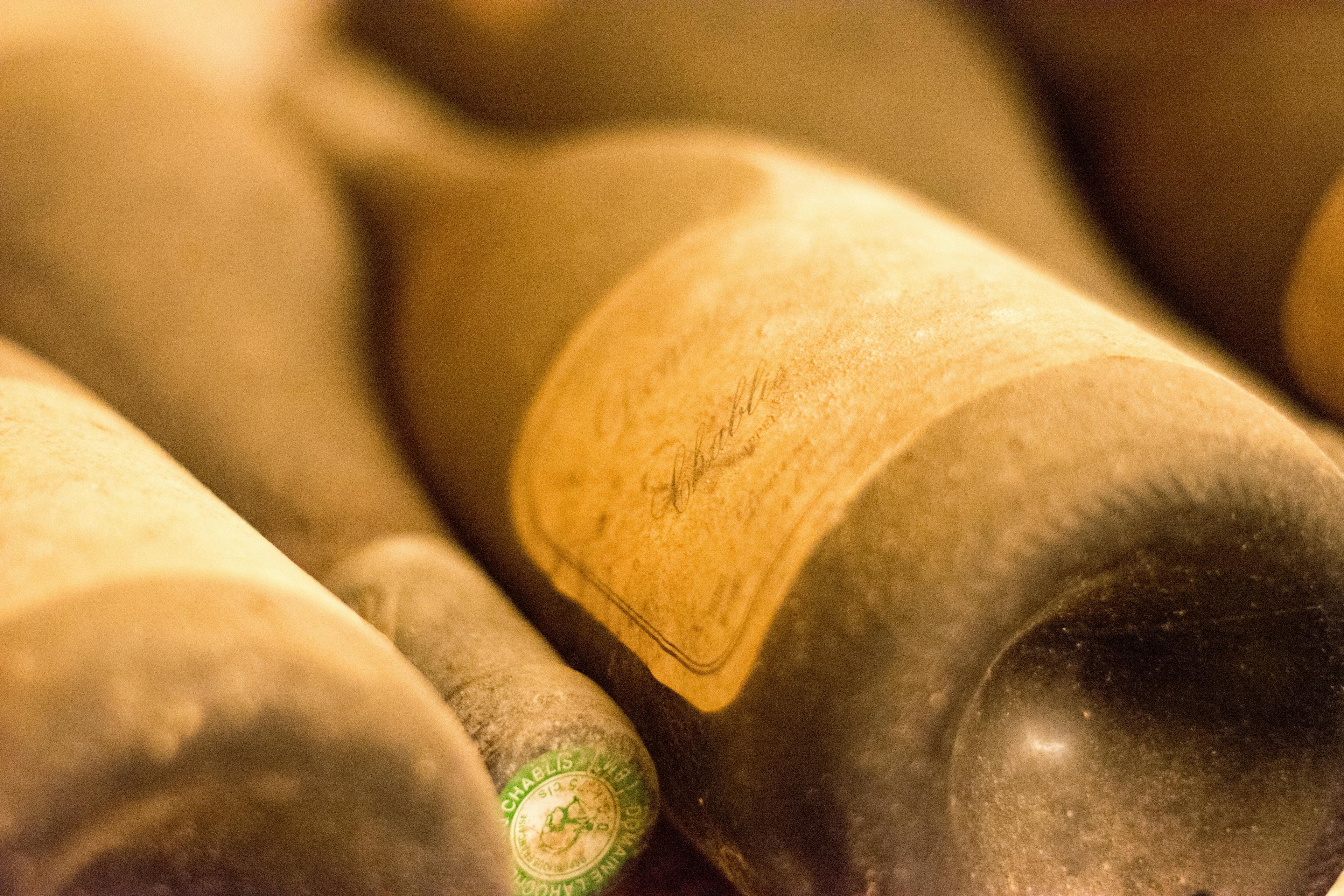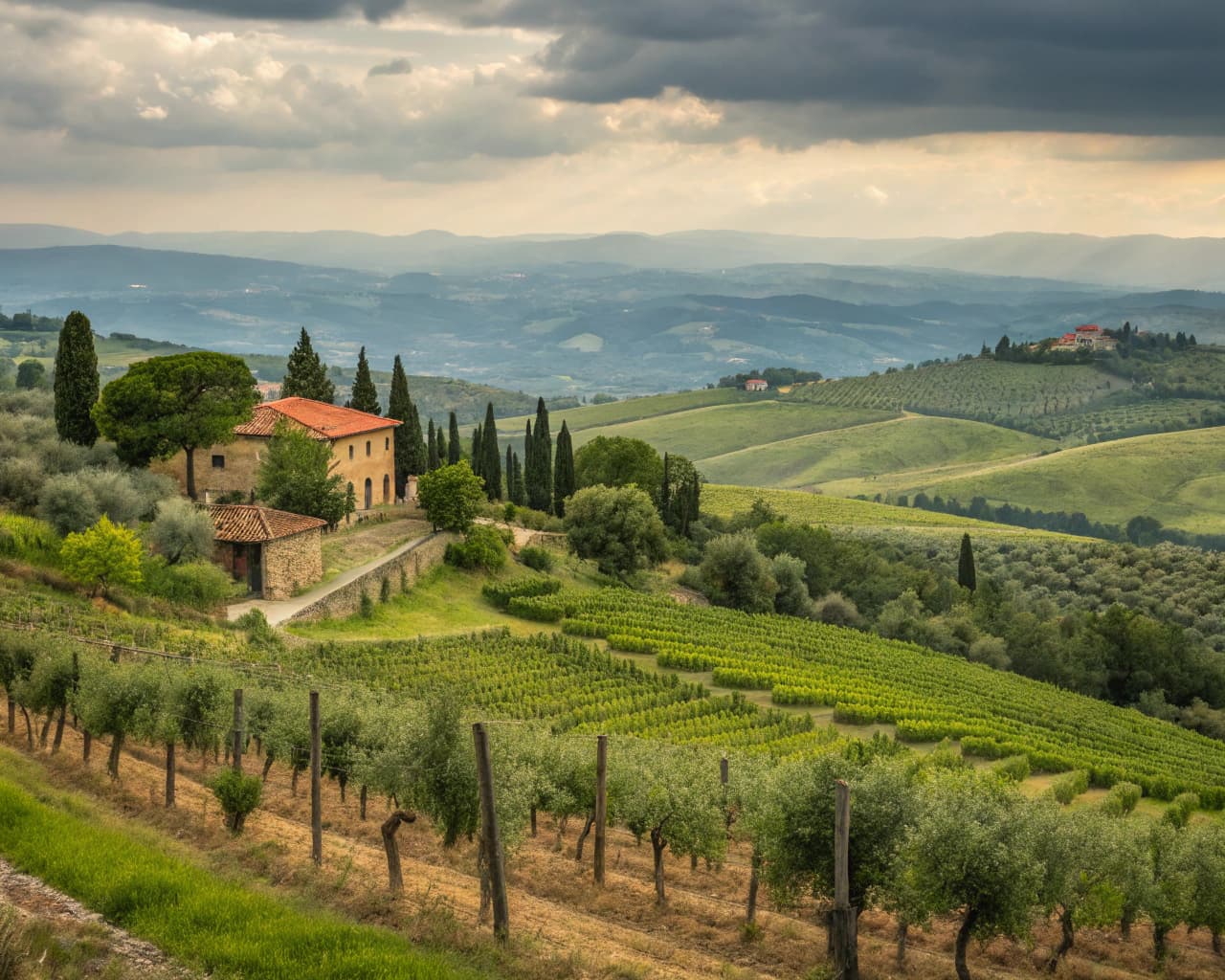
Masseto, a name synonymous with luxury and quality in the world of wine, has a fascinating history that is as rich as the soil it springs from. Nestled in the heart of Tuscany, Italy, this vineyard has become a symbol of excellence and a beacon for wine enthusiasts around the globe. The story of Masseto begins in the early 1980s, when its potential was first recognized by a visionary winemaker. Since then, it has evolved from a mere experimental vineyard into one of the most prestigious labels in the international wine market. This introduction will explore the origins, development, and current status of this iconic wine, providing insights into why it stands out in the competitive world of fine wines.
The Origins of Masseto Estate
Masseto Estate, nestled in the heart of Tuscany, Italy, has a rich history that dates back to the early 1980s. Initially part of a larger estate, the area was recognized for its exceptional terroir, particularly suited for growing Merlot grapes. This unique patch of land, characterized by its blue clay soil, was distinct from the surrounding vineyards, which primarily cultivated Sangiovese.
The decision to develop a vineyard dedicated to Merlot was influenced by the success of Merlot in other parts of the world and the intuition of the estate's winemakers. They believed that the microclimate and soil composition were ideal for producing a wine that could rival the best French Merlots. The initial skepticism from local farmers and experts only fueled their determination to prove the potential of this site.
In 1986, the first vintage of Masseto was produced, marking the beginning of its journey to becoming a world-renowned wine. The meticulous craftsmanship involved in the vineyard management and wine production has been pivotal in shaping its legacy. Each step, from careful hand-harvesting of grapes to the aging process in oak barrels, is carried out with precision, reflecting the estate's commitment to quality over quantity.
Today, Masseto stands as a testament to visionary winemaking, with its wines celebrated globally for their elegance and complexity.
Key Figures in the Development of Masseto
The development of Masseto, a renowned Italian wine, has been significantly influenced by a number of key figures whose expertise and vision have shaped its legacy. Initially, the project was spearheaded by Lodovico Antinori in the early 1980s. Inspired by the potential of Merlot in the unique terroir of Bolgheri, Antinori was pivotal in recognizing the area's capability for producing world-class wines.
Michel Rolland, a famous oenologist, played a crucial role as a consulting winemaker. His profound understanding of Merlot and his innovative winemaking techniques helped in refining the wine's profile, ensuring that each vintage of Masseto expressed both power and elegance.
Another significant contributor was Axel Heinz, the estate director. His meticulous attention to vineyard management and his philosophy of minimal intervention allowed the natural qualities of the vineyard to be vividly expressed in the wine.
For those interested in enjoying Masseto, understanding the contributions of these individuals can enhance the appreciation of each sip, connecting the drinker not only to the wine's flavor but also to its rich history.
Milestones in Masseto's History
Masseto, a renowned Italian wine, has experienced several significant milestones since its inception. Initially released in 1986, this Merlot quickly captured the attention of wine enthusiasts worldwide. Its first vintage was met with critical acclaim, setting a high standard for subsequent releases. By the early 1990s, Masseto had established itself as a standalone label, no longer under the shadow of its sibling wines from the Ornellaia estate.
In 2001, the wine's reputation was further solidified when it started to be sold separately at auctions, reaching record prices and underscoring its status as one of Italy's most prestigious and sought-after wines. This period marked a turning point, as Masseto began to be recognized not just for its quality, but as a symbol of luxury and exclusivity.
Another pivotal moment came in 2012 when Masseto's dedicated winery was inaugurated, emphasizing the estate's commitment to this exceptional wine. The winery, designed specifically for the production of Masseto, allowed for more precise vinification processes tailored to enhance the wine's unique characteristics.
For those looking to fully appreciate Masseto, exploring food pairings can elevate the tasting experience. Pairing this exquisite wine with the right dishes can highlight its rich flavors and complex aroma, making every sip a memorable one.
The Evolution of Masseto's Winemaking Techniques
Masseto's winemaking techniques have undergone significant transformations since its inception, reflecting both advancements in technology and shifts in consumer preferences. Initially, the approach was heavily influenced by traditional methods, which emphasized manual labor and minimal intervention in the natural processes. Over time, however, the introduction of modern equipment and techniques has allowed for greater precision and consistency in wine production.
Early Years: In the beginning, Masseto's winemakers relied on rudimentary tools and natural yeast fermentation, which often resulted in variable outcomes.
Technological Integration: By the 1980s, the adoption of controlled fermentation techniques and temperature-regulated vats became prevalent, enhancing the stability and quality of the wine.
Focus on Terroir: The 1990s saw a shift towards highlighting the unique characteristics of the vineyard's terroir. This period marked the use of more selective grape picking and gentler pressing techniques to preserve the intrinsic qualities of the grapes.
Organic Practices: Recent years have witnessed a move towards organic and sustainable practices, with a strong emphasis on reducing the winery's environmental impact and maintaining biodiversity in the vineyard.
For more detailed facts about Masseto's winemaking evolution, exploring the specific changes and innovations can provide deeper insights into how this prestigious wine has developed its distinguished profile.
Historical Challenges Faced by Masseto
Masseto, a renowned Italian wine, has faced numerous historical challenges that have shaped its prestigious reputation. Initially, the vineyard's unique terroir, characterized by dense clay soil, posed significant difficulties for viticulture. This environment, while ideal for the Merlot grape, demanded innovative approaches to vine management and soil treatment to prevent waterlogging and ensure vine health.
Moreover, the region's susceptibility to unpredictable weather patterns, including heavy rains and hail, threatened the delicate balance required for optimal grape maturation. Each vintage brought with it the risk of crop damage, pushing the estate to develop robust risk management strategies.
During the 1980s, as Masseto began to gain international acclaim, the challenge shifted towards maintaining consistency in quality while expanding production. The estate's commitment to limited intervention in the winemaking process meant that scaling up had to be carefully managed to preserve the wine's character and complexity.
In recent years, the global wine market's fluctuations have tested Masseto's economic resilience. Navigating these financial waters required strategic marketing and careful distribution to ensure that each bottle reached its ideal market in perfect condition. For more detailed insights on how to store Masseto safely and maintain its quality, specific techniques and conditions are recommended.
Masseto's Impact on the Tuscan Wine Scene
Masseto has profoundly influenced the Tuscan wine scene, transforming perceptions and setting benchmarks for quality. Originating from a small vineyard in the heart of Tuscany, this merlot has achieved a status that rivals prestigious Bordeaux wines. Its introduction challenged the dominance of traditional Sangiovese wines in the region, showcasing the potential of international varieties in local terroir.
Innovation in Winemaking: Masseto introduced advanced vinification techniques, including meticulous grape selection and new barrel aging processes. This approach not only enhanced the wine's complexity but also its aging potential, elevating the standards for Tuscan wines.
Global Recognition: The acclaim Masseto received from wine critics and connoisseurs worldwide helped elevate the profile of Tuscan wines on the international stage. Its consistent high ratings in wine competitions and reviews have drawn global attention to the region.
Economic Influence: The success of popular vintages has significantly impacted the local economy. Vineyards in the area have seen increased investment, and land values have risen, reflecting the desirability of the region for wine production.
Through these contributions, Masseto has not only shaped the local wine landscape but also affirmed Tuscany's place in the global wine community.
The Story Behind the Name 'Masseto'
The name 'Masseto' carries a rich narrative that is deeply intertwined with the land on which its world-renowned vineyard sits. Originating from a small, distinct plot in the heart of Tuscany, the term 'Masseto' refers to the compact, blue clay soil that is prevalent in this area. This unique soil composition plays a crucial role in defining the characteristics of the wine, contributing to its complexity and depth.
Historical Roots: The estate's name was inspired by the Italian word 'masso', meaning 'large rock'. This reflects the numerous large rocks found in the vineyard, which influence the vine's growth and the grape's ultimate flavor profile.
Cultural Significance: In local tradition, the name also symbolizes strength and foundation, qualities that are emblematic of the wine produced from this terrain.
Legacy and Continuity: Over the decades, the name Masseto has become synonymous with excellence in the wine industry, embodying the heritage and the meticulous care in viticulture.
Each element of the name 'Masseto' encapsulates the essence of its origin, making it not just a label but a story of place, tradition, and nature.
How Masseto Gained Its Cult Status
Masseto, a renowned Italian wine, achieved its cult status through a combination of exceptional quality and rarity. Originating from a small vineyard in Tuscany, this Merlot-based wine quickly captivated the palates of wine enthusiasts worldwide. Its ascent to fame began in the 1980s when the potential of the vineyard's unique terroir was first recognized. The clay-rich soils, similar to those of Pomerol, proved ideal for cultivating Merlot grapes that express a profound depth and complexity.
Limited Production: Each year, Masseto's production is limited, enhancing its exclusivity and desirability among collectors and connoisseurs.
Outstanding Reviews: Critical acclaim from wine critics, including numerous 100-point scores, has solidified its reputation. Such endorsements often lead to a surge in demand.
Celebrity Endorsements: High-profile endorsements have bolstered its image, making it a symbol of luxury and fine dining.
Auction Records: Regular record-breaking sales at auctions underline its status as one of the world's most sought-after wines.
The distinct taste of Masseto, characterized by its rich, velvety texture and layered complexity, continues to allure wine lovers, ensuring its place in the annals of wine history.
The Role of International Recognition in Masseto's History
Masseto's ascent to global acclaim is a testament to its exceptional quality and the strategic vision behind its marketing. Initially, this Italian merlot was just another regional wine, but its distinct character soon caught the attention of wine connoisseurs worldwide. International recognition played a pivotal role in shaping the vineyard's history, elevating it from a local treasure to a global icon.
Critical Acclaim: Prestigious awards and high ratings from wine critics helped establish Masseto's reputation on the international stage. These accolades drew the attention of elite collectors and enthusiasts, eager to add a bottle to their cellars.
Media Coverage: Features in renowned culinary magazines and appearances at international wine expos further boosted its profile. Such exposure introduced Masseto to a broader audience, spreading its fame far beyond Italy's borders.
Exclusive Distribution: By partnering with influential distributors, Masseto managed to serve its wines in upscale restaurants and luxury wine stores around the world. This selective availability added to its allure, making it a coveted item among wine lovers.
Each of these factors contributed significantly to Masseto's stature as a world-class wine, illustrating how international recognition can profoundly impact a brand's heritage and market presence.
Archival Records and Vintage Reports of Masseto
Archival records and vintage reports provide a fascinating glimpse into the history of Masseto, a renowned Italian wine estate. Originating in the early 1980s, Masseto's journey is documented through various sources that highlight its meteoric rise in the wine industry.
Early Documentation: Initial records from the 1980s detail the experimental planting of Merlot grapes in the clay-rich soils of Tuscany, a decision spearheaded by the estate's visionary winemakers. These documents reveal the skepticism initially faced, as Merlot was not a traditional Italian varietal at the time.
Climatic Data: Vintage reports from the late 1980s and 1990s include detailed climatic data, showing how unique weather patterns contributed to the distinct character of Masseto wines. These reports often correlate specific weather conditions with the exceptional quality of particular vintages.
Winemaking Techniques: Over the years, archival materials have also shed light on the evolving winemaking techniques at Masseto. Techniques such as the introduction of gravity-fed cellars in the 1990s and innovations in barrel aging have been crucial in crafting the wine's signature style.
Critical Acclaim: By the early 2000s, vintage reports began to frequently mention the critical acclaim and international awards garnered by Masseto, underscoring its status as a world-class wine. These accolades are often highlighted in the context of their impact on the brand's global reputation.
Through these records and reports, the storied past of Masseto is meticulously chronicled, offering wine enthusiasts and historians alike a detailed look at its prestigious lineage.
Conclusion
In conclusion, the rich history of Masseto, a wine that epitomizes both luxury and meticulous craftsmanship, reflects a tradition of excellence that continues to captivate wine enthusiasts around the world. From its humble beginnings in the heart of Tuscany to becoming one of the most sought-after wines globally, Masseto's journey is a testament to the dedication and passion of its creators. As we've explored the origins and evolution of this remarkable wine, it's clear that its story is not just about the soil or the grape but about a relentless pursuit of perfection.
At Rekolt, we understand the importance of preserving such exquisite treasures. That's why we offer specialized services like professional cellar storage to ensure that wines like Masseto are maintained in optimal conditions, enhancing their value and longevity. This service not only provides a secure environment for your investment but also ensures that the wine's history and quality are preserved, allowing it to be enjoyed or resold at its best potential. Whether you're a collector looking to safeguard your assets or a connoisseur aiming to experience the full expression of a vintage, Rekolt's offerings are designed to meet the highest standards of wine care and customer satisfaction.
Share this article
